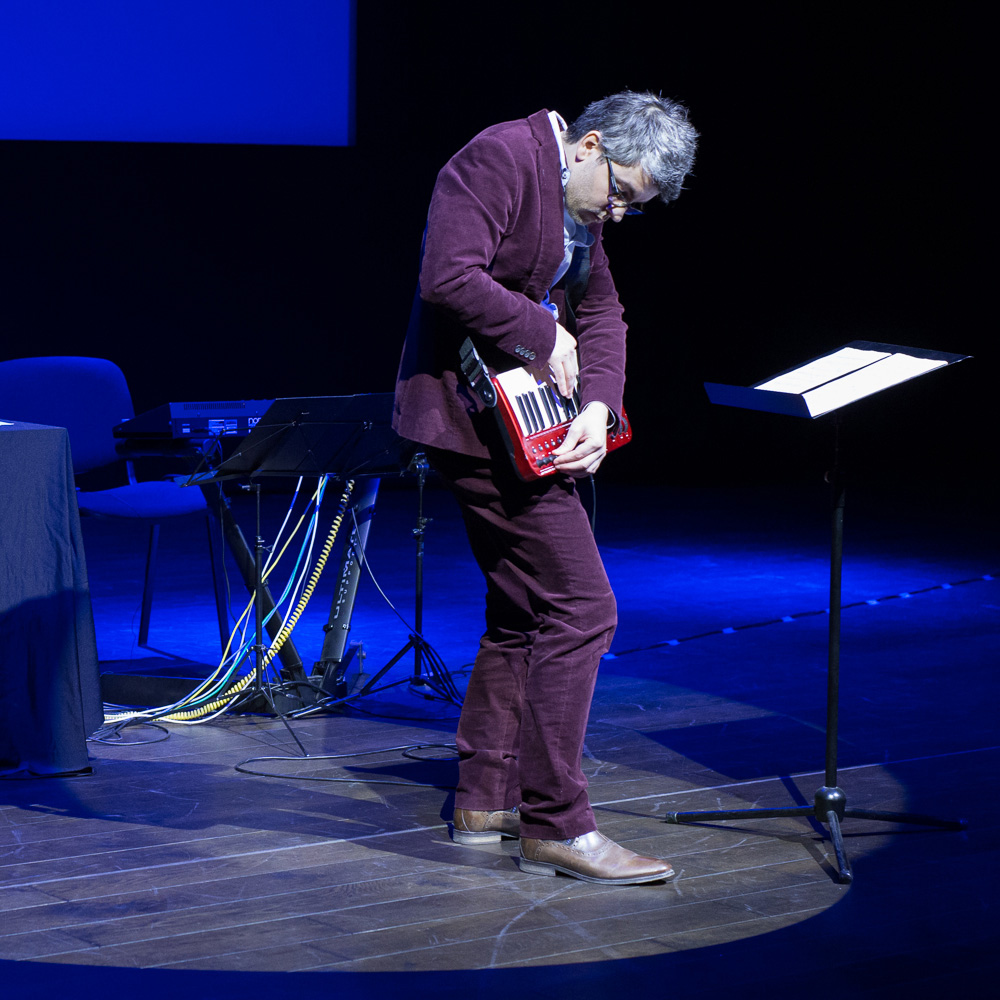
Working with the Minimoog was a challenge that turned out to be a really enjoyable and rewarding experience. At first, access to the sound material that I usually work with seemed to be tricky with this instrument. Creating soundscapes of dense textures with almost pulsing elements, sounds with little or no reference to exact pitch, or flexible, convertible transitions morphing from one starting point to another with the possibility of returning easily to the previous state appeared to be at odds with anything that the Minimoog could lead me to intuitively. Thus, in order to achieve a light and unpretentious sound quality, I needed to break through the limitations of the instrument. Only then could a structural clarity (and to a certain extent, simplicity) be developed. In the process, I emphasized the specific sound quality of the instrument. This complex and vibrant sound resonated with me to such a degree that I wished to present it to the listener in an almost unprocessed version – with as little masking as possible.
Sebastian Berweck is one of the most sought-after pianists and performers of experimental contemporary music today. He is known for his energetic interpretations of unusual repertoire, with a focus on extended techniques for the piano as well as electronics. Sebastian Berweck has appeared as soloist and with ensembles at numerous festivals for contemporary music. From 2008 to 2012 – and with the support of the German Academic Exchange Service (DAAD) – he pursued doctoral research at the Centre for Research in New Music (CeReNeM) at the University of Huddersfield. His thesis »It worked yesterday – On (re-) performing electroacoustic music« was published in 2013. Sebastian Berweck is a founding member of stock11 and Lange//Berweck//Lorenz. He lives in Berlin.
www.sebastianberweck.de
